Understanding Your Plant’s Native Climate

Hydric Air Plants
Hydric climates are wet. They receive a good amount of rainfall and are characterized by dense leaf canopies that provide shade. The Amazon River Delta or the windward side of the Big Island of Hawaii are good Hydric climates to think of for reference. Because of this climate, hydric air plants typically grow in water or close to it. It is important to note that most air plants sold in the retail market don’t originate from a hydric climate! Your air plant is more likely a mesic or xeric plant.Mesic Air Plants

So, is your air plant mesic? One way to tell is if your plant has shiny and waxy leaves without as many trichomes as xeric air plants that come from dryer areas. Some species of air plants that can be classified as mesic are Abdita Multiflora, Bulbosa Belize, Bulbosa Guatemala, and Butzii. Mesic plants are used to mixed light and won’t want to be introduced to direct sunlight. Humid climates are the ideal place for these air plants, so misting your plant during the week is a good practice to keep them healthy!
Xeric Air Plants

Some species of xeric air plants are Xerographica (which have long mint-colored leaves), Circinata, and Harrisii. The light coloring of these plants is due to their evolutionary need to reflect light in the hotter conditions they come from. Ionantha are a popular xeric species that require a bit more attention than the average air plant. Their small size makes them prone to dehydration.
Which Plant is Best For You?
Most people have success caring for mesic and xeric air plants, but understanding the climate yours comes from is a great step in caring for them. Different species of air plants need different amounts of water and light, and this can be an interesting and exciting part of owning air plants. For the most part, caring for air plants is easy and stress-free. The choice between air plant species just comes down to your unique interests and preferences.If you’d like to learn more about caring for your air plant, read more on our care blog.


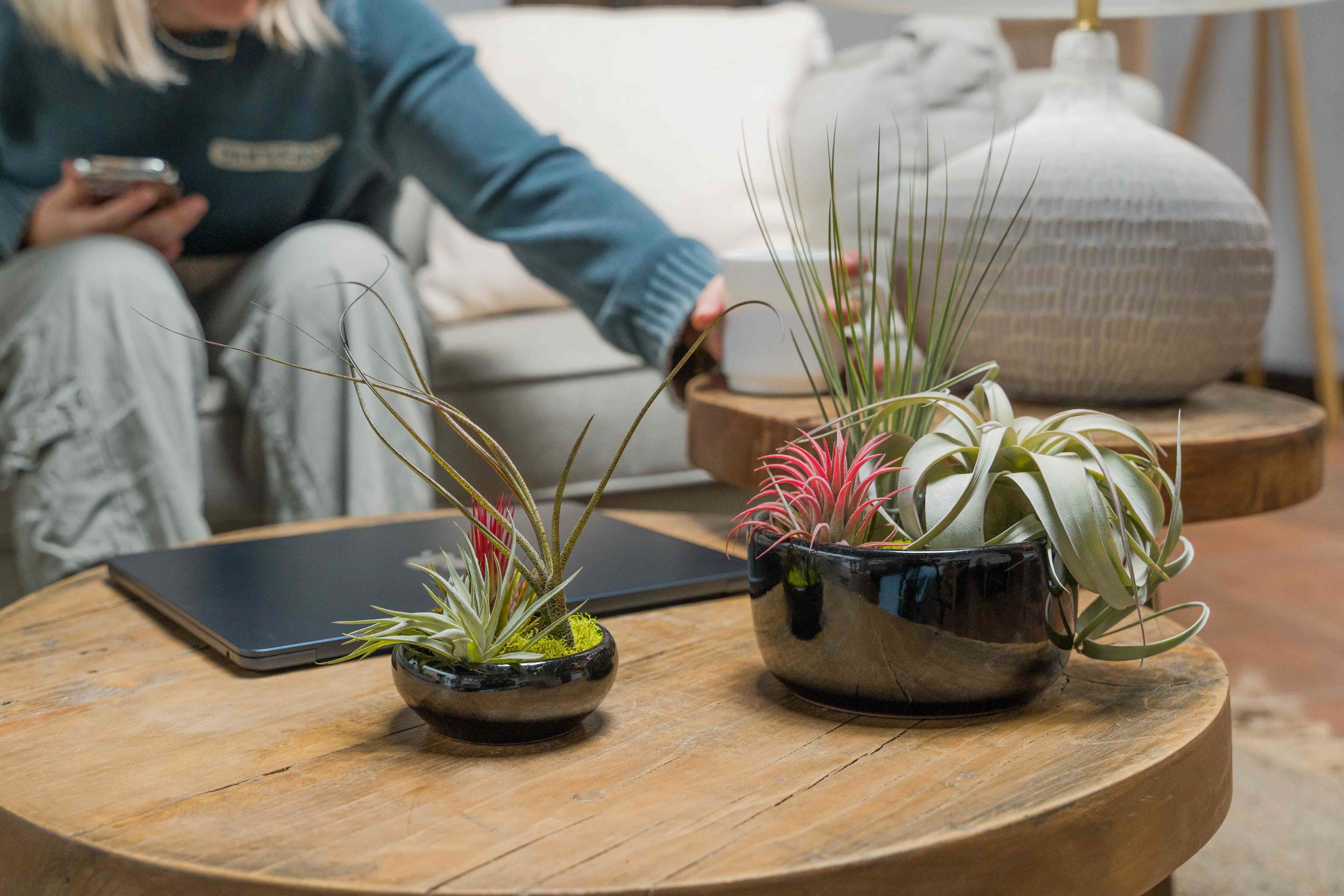
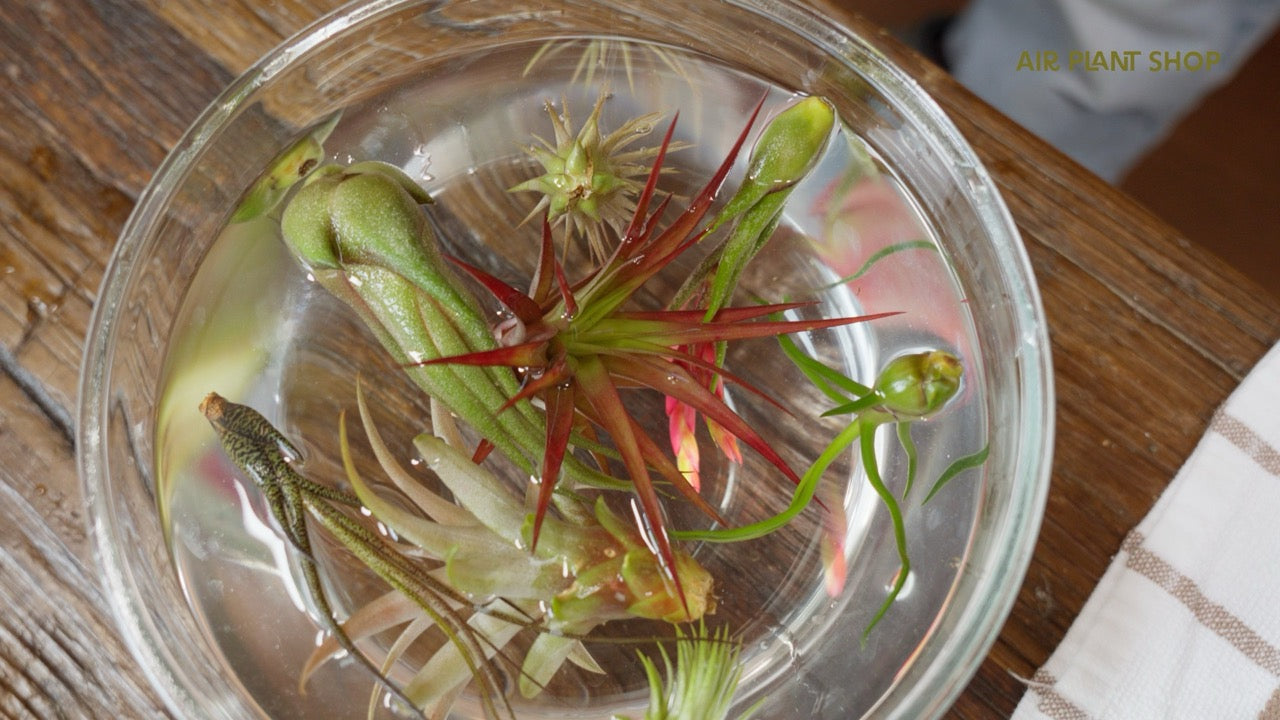

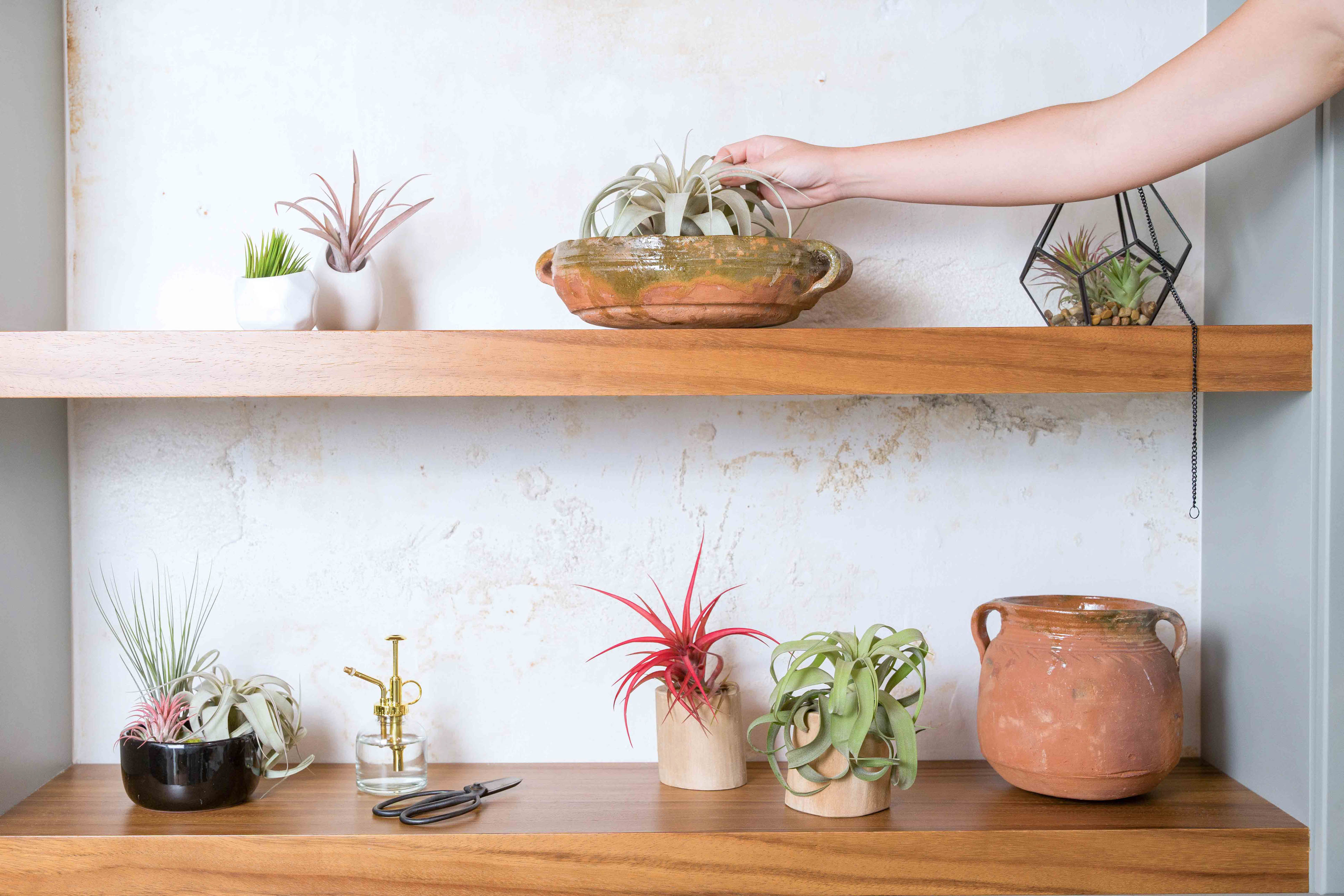
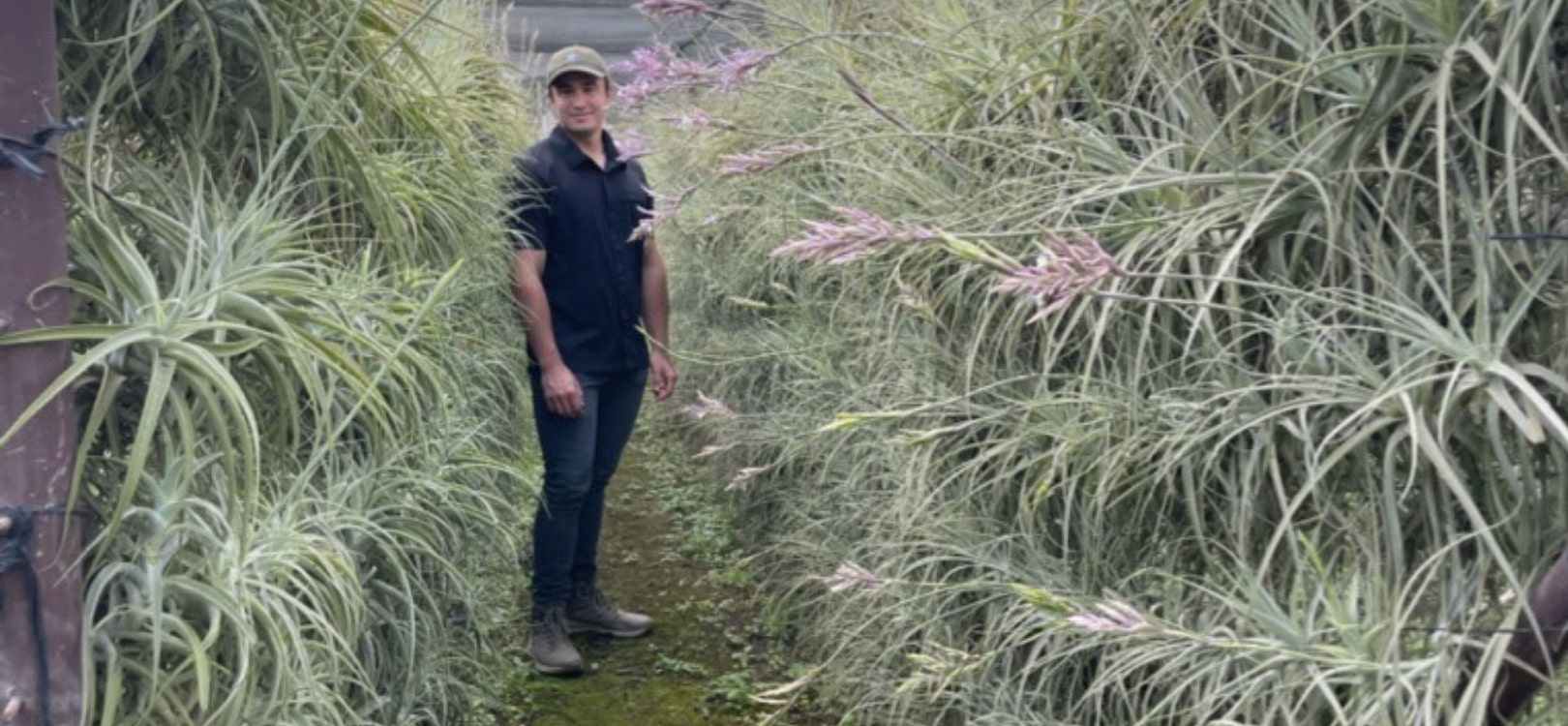
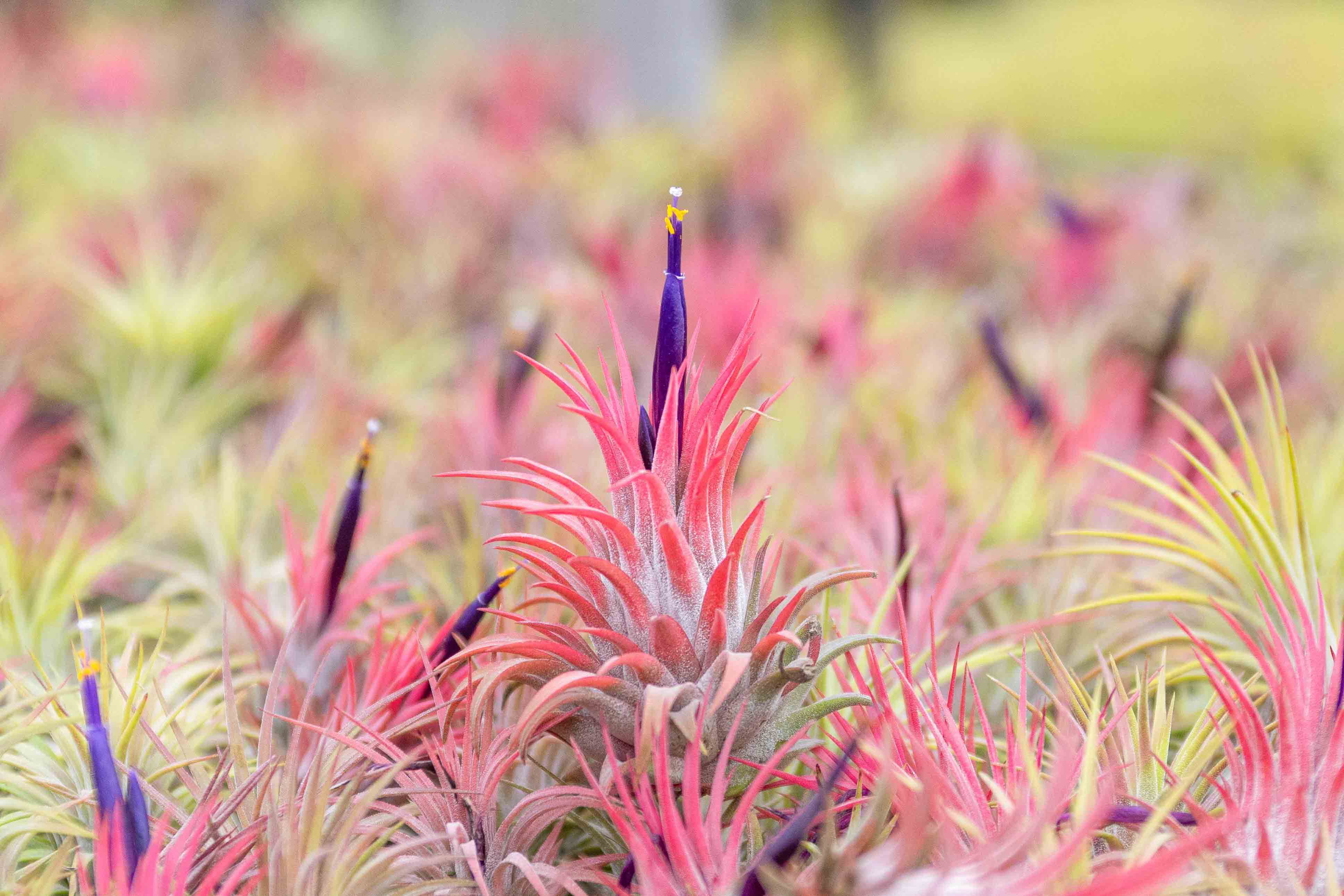


Leave a comment